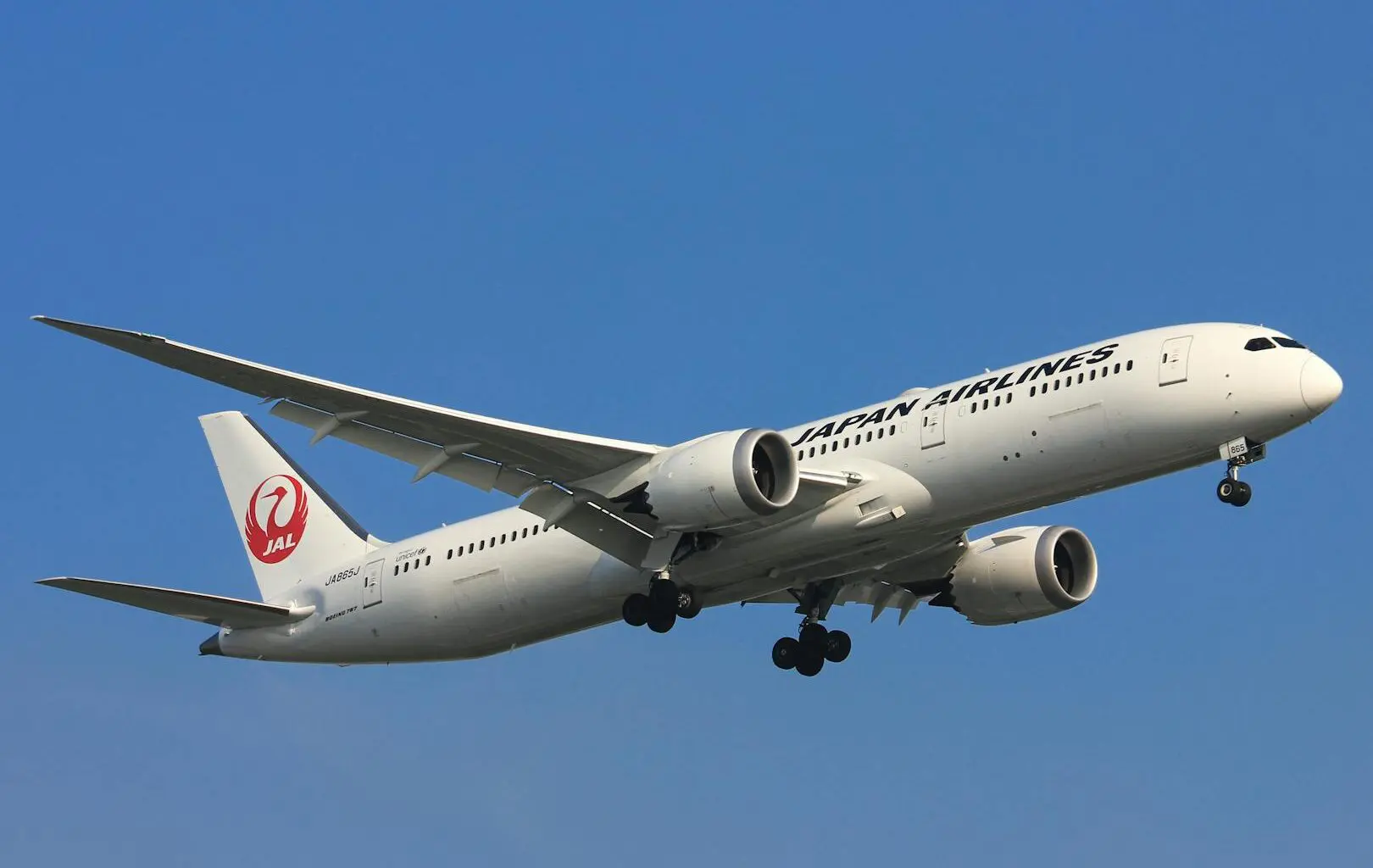Boeing, the aerospace giant already grappling with a tarnished reputation, found itself in the hot seat once again during two Senate committee hearings on Wednesday. Witnesses, including a Boeing engineer-turned-whistleblower, leveled serious allegations against the company’s safety practices and corporate culture, raising concerns about the integrity of its aircraft manufacturing processes.
At the center of the controversy stood Sam Salehpour, a Boeing engineer who claimed he had faced threats and intimidation for bringing safety concerns to his managers over the years. In his opening statement, Salehpour pulled no punches, asserting,
“I have serious concerns about the safety of the 787 and 777 aircraft, and I’m willing to take on professional risk to talk about them.”
Sam Salehpur stated in his opening statement at the second Senate committee meeting on Capitol Hill
Salehpour’s accusations painted a disturbing picture of Boeing’s assembly methods. He alleged that the company used “unmeasured and unlimited” force, including workers jumping on aircraft components, to correct misalignments between sections of jets. According to Salehpour, this resulted in gaps far exceeding Boeing’s own standards, which specify a maximum gap of 5/1000th of an inch – roughly the width of a human hair.
“When operating at 35,000 feet, the size of a human hair can be a matter of life and death,”
Salehpour warned, underscoring the potential consequences of such deviations.
Compounding these concerns, Salehpour criticized Boeing’s safety culture, accusing the company of routinely ignoring or dismissing his warnings. “When I bring something to my boss, he prevents me from even documenting or sending information,” he testified. “When a quality manager says don’t send to a subject matter expert… that’s concerning.”
Another witness, Ed Pierson, a former Boeing manager and the executive director of The Foundation for Aviation Safety, leveled even more damning allegations. Pierson accused Boeing of engaging in “a criminal cover-up” by failing to provide adequate documentation to National Transportation Safety Board (NTSB) investigators probing an incident involving a door plug blowing out of a Boeing 737 Max flight operated by Alaska Airlines in January.
“Records do exist documenting in detail the hectic work done on the Alaska Airlines airplane, and Boeing’s corporate leaders know it too, because they fought to withhold these same damning records after the two Max crashes,”
Pierson alleged in his opening remarks.
The testimonies struck a chord with senators from both sides of the aisle, who expressed grave concerns about the implications for public safety and Boeing’s future. “This story is serious, even shocking,” remarked Democratic Senator Richard Blumenthal of Connecticut, the chairman of the Senate permanent subcommittee on investigations. “There are mounting, serious allegations that Boeing has a broken safety culture, and a set of practices that are unacceptable.”
Blumenthal revealed that since announcing the hearing, his committee had been approached by additional whistleblowers from within Boeing, including a mechanic from the company’s non-union South Carolina factory who claimed to have been threatened with job loss for raising concerns.
While Republican Senator Ron Johnson acknowledged the importance of Boeing’s success, he emphasized the need to confront the whistleblower allegations head-on. “What I don’t want this committee to do is to scare the you-know-what out of the American public,” Johnson said. “In the end, I want the public to be confident getting on an airplane. But I have to admit, this testimony is more than troubling…We have to be concerned. We have to get to the bottom of this.”
In response, Boeing defended its assembly standards and inspection processes, asserting that even when gaps exceed the initial specifications, rigorous checks have revealed no signs of fatigue or other issues in aircraft after years of service. The company also claimed to have encouraged employees to report safety concerns, citing an increase in such reports following the Alaska Airlines incident.
However, as the curtain falls on these hearings, Boeing finds itself at a pivotal “moment of reckoning,” to borrow Senator Blumenthal’s words. The allegations of a broken safety culture and potential cover-ups have raised serious questions about the company’s commitment to prioritizing public safety over profits and expediency.
In an industry where trust is paramount, Boeing must act swiftly and decisively to address these concerns and restore confidence in its practices. Failure to do so could have far-reaching consequences, not only for the company’s reputation but also for the public’s willingness to entrust their lives to its aircraft.
As the investigation continues, all eyes will be on Boeing’s response and the measures it takes to promote a robust safety culture that encourages transparency and accountability. The future of the aviation industry, and the lives of countless passengers, may very well depend on it.









